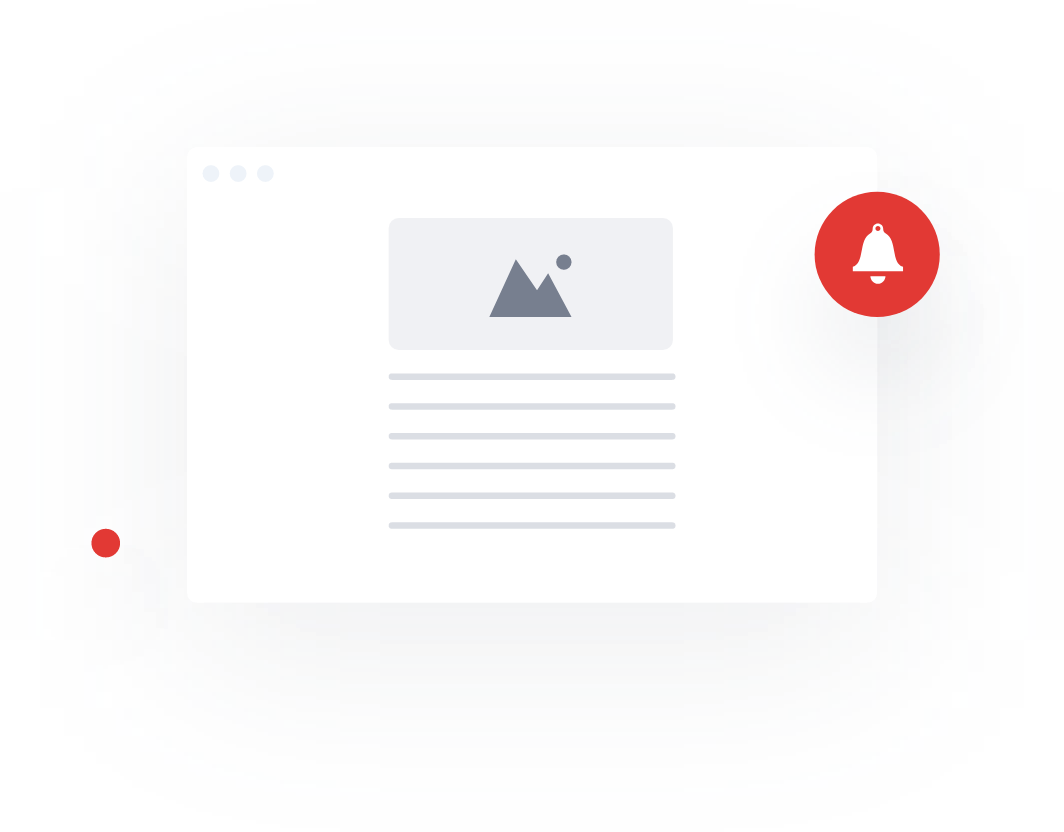Be first to know
Keep up to date with ecommerce news, trends and articles. Brought to you by Stock2Shop.
Sign up todayIt may seem tempting to go direct-to-consumer (DTC). With an ecommerce website, you can reach the people who want your products without going through a middleman, and you can make more profit in the process. But there is a lot to consider, because moving from wholesale to retail is essentially building a new business.
Because wholesale strategies are so different to retail strategies, you may not be geared up for direct consumer engagement. Retail interactions depend on multichannel customer acquisition, digital marketing and a seamless customer experience – including fast fulfillment. You also need a much larger customer base as your customers won’t be placing large orders like wholesalers.
More and more big brands like Nike, Adidas and L’Oreal are choosing a direct-to-consumer model. Why is that? Well, there are many Pros. Selling directly to consumers offers improved engagement with customers, ultimate control of product and better profit margins. There’s a chance for better operational efficiency as brands can predict demand with sales data straight from the customers, rather than relying on wholesalers to do their predictions for them. And the numbers are promising: sales on Nike’s own ecommerce website were up 19% in the first quarter of its fiscal 2018. Of course, selling directly to consumers also gives you the opportunity to gather consumer data first. As we all know, consumer data is key to interacting smartly with customers in the future.
Nike has announced plans to grow its DTC business by 250% in the next 5 years and Adidas aims to quadruple its ecommerce revenue by 2020. This is not a revenue model to disregard. They are doing this through a number of online channels – their own ecommerce websites or apps, online marketplaces like Amazon, and various social media channels, as well as bricks and mortar standalone stores, pop-up stores and showrooms.
But just because big brands are following this trend doesn’t mean it’s the right choice for everyone. Acquiring customers for direct retail sales costs a lot of money, as does ensuring fulfillment, returns and customer service. While online marketplaces often cover the payment, customer service and fulfillment side of things for a brand, the downside is that you don’t get the customer data from the sales, and you generally have no say over how your brand is presented.
Some brands opt to sell retail and wholesale, side by side. They keep their wholesale customers and also sell direct to consumers, thereby reducing the need for marketing spend as their retailers are still marketing their products. This is definitely an option, as long as you remember one golden rule: don’t undercut your retailers.
If you are selling exactly the same products as your retailers, you either need to sell for exactly the same price or (if you want to keep them happy), sell for a slightly higher price. The other option is to only offer a limited selection of items, while your retailers stock the full selection. If you are tempted to sell both retail and wholesale, it’s important to recognise that you will be balancing two different kinds of customers, both sharing the same inventory. At some stage you will need to decide which is more important to you: wholesale or retail?
Here are some things to think about that will help you decide if you’re ready to sell direct to the public.
There’s no right or wrong answer in the question of selling direct-to-consumers, as each brand will have its own list of pros and cons. What is important is that you consider all the ramifications before you make a decision.

Keep up to date with ecommerce news, trends and articles. Brought to you by Stock2Shop.
Sign up todayUnderstanding product data is essential for a successful ecommerce business. Here’s an overview of the most important elements of product data you need to understand.
Read MoreCategorising products correctly is a major pain point for many ecommerce websites. Layered navigation is the solution: find out how – and why – to implement it
Read MoreWant to find out exactly how Stock2Shop can make your business more efficient and streamlined?
Contact Us